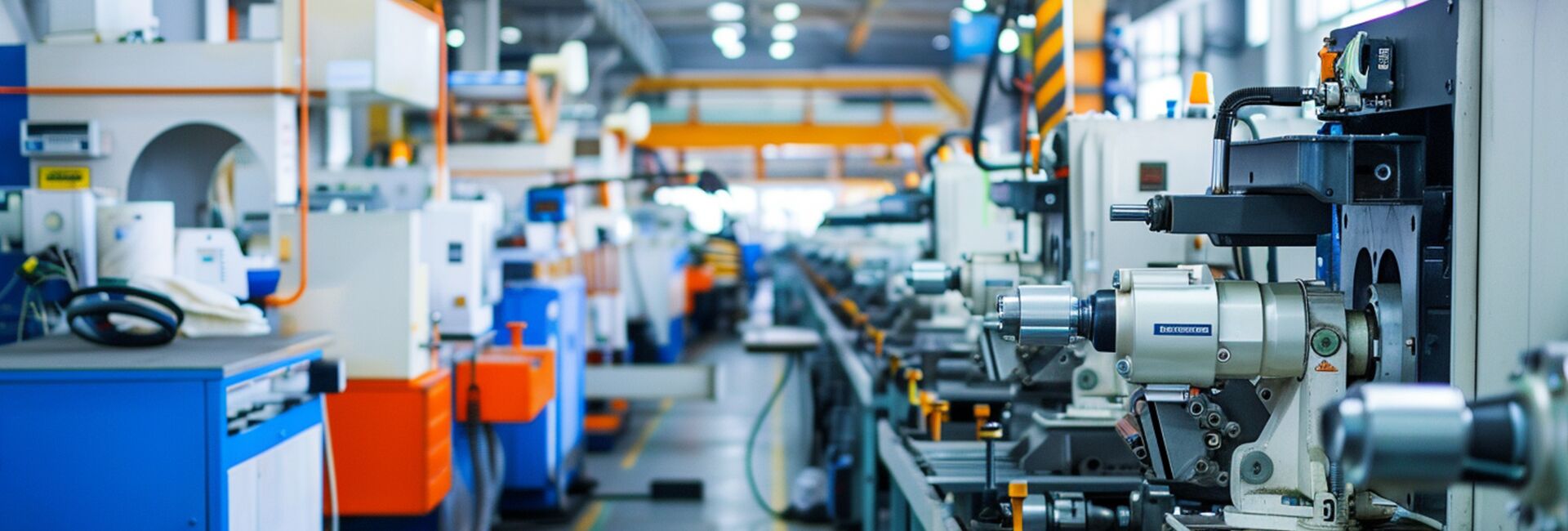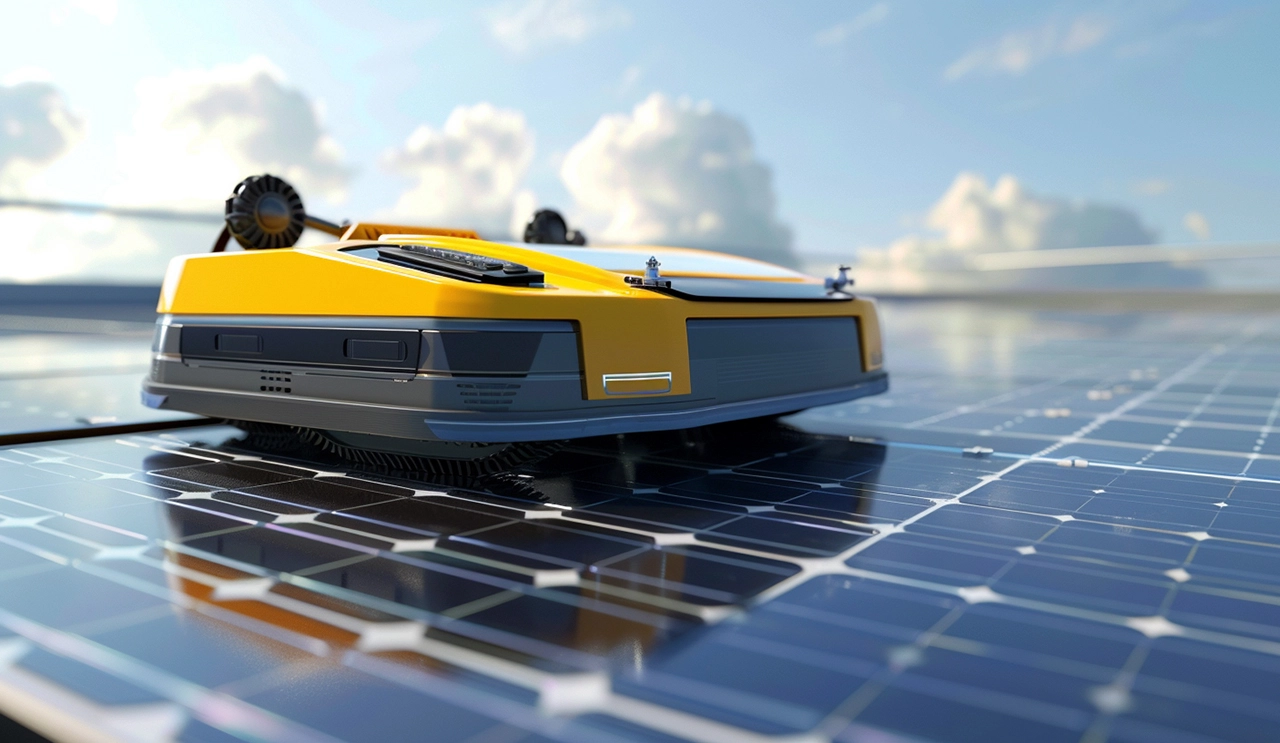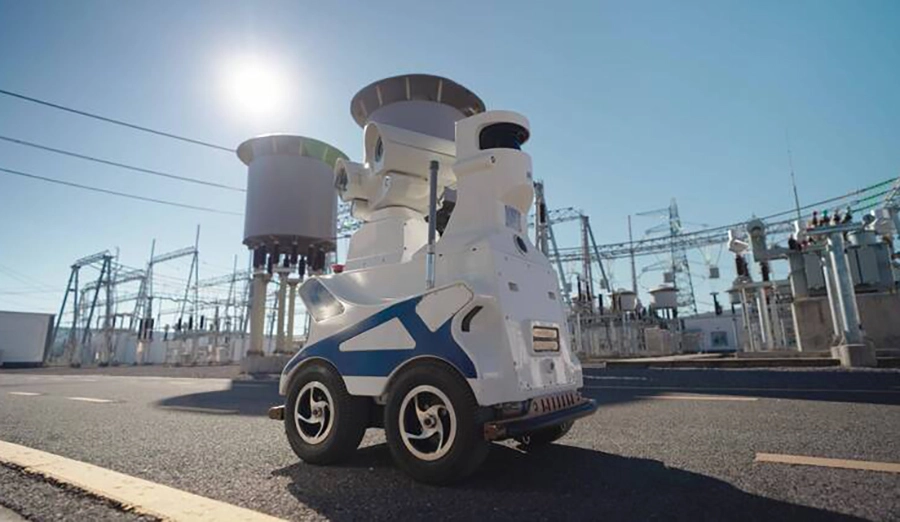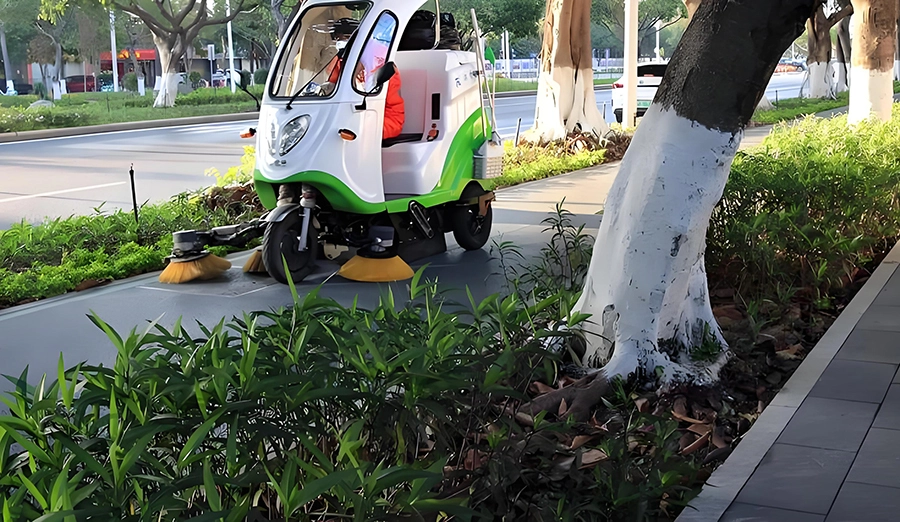
WIRELESS CHARGING IN THE NEWS
In the use experience of household cleaning robots, the choice of charging method directly affects the convenience and degree of automation of the product. At present, the mainstream charging schemes in the market are divided into two modes: wireless charging and wired plugging, which have their own characteristics in terms of technical realization and user experience, and consumers need to weigh their choices according to actual needs.
Wireless charging technology realizes energy transmission through the principle of electromagnetic induction, and the robot can automatically replenish electricity by docking at a specific charging base. The biggest advantage of this solution is that it completely gets rid of the bondage of the physical interface, and the charging process does not require manual intervention, which perfectly fits the design concept of "fully automatic operation" of the sweeping robot. When the device detects that the power is less than 20%, it can independently plan the path back to the charging seat and continue the unfinished cleaning task after it is full. This "non-inductive charging" experience is particularly suitable for large or multi-story homes, avoiding the hassle of frequent plugging and unplugging. However, it should be noted that wireless charging has an energy loss of about 15%-20%, and the charging speed is usually about 30% slower than the wired way, and the charging seat placement should also avoid metal disturbances.
Traditional wired charging uses physical contact charging pile or direct plug power supply. Its technology maturity is higher, the charging efficiency can reach more than 90%, and the charging time is 25%-40% shorter than that of the wireless scheme under the same power. For users with limited budgets, wired charging robots often have a price advantage of 500-800 yuan. However, the exposed charging contact tends to accumulate dust, and you need to wipe and maintain the contact regularly with an alcohol pad. Long-term insertion or removal may loosen the interface. More importantly, when the robot's low battery alarm, the user must manually move it to the charging position, which will interrupt the cleaning process at night or in outdoor scenarios.
From the perspective of future development, the industry is exploring the integration of wireless fast charge and self-cleaning contacts. A brand's latest patent shows that its magnetic resonance wireless charging efficiency has been increased to 85%, and with the automatic dust brush at the bottom of the robot, it can synchronously clean the contact point when charging. This hybrid design may be the compromise solution for the next generation of products. When consumers choose, if the pursuit of extreme convenience and sufficient budget, wireless charging is the better solution; If you focus on charging efficiency or need to move the machine frequently, the traditional wired solution is still practical. The ultimate form of smart home should be to let people completely forget the existence of charging.







